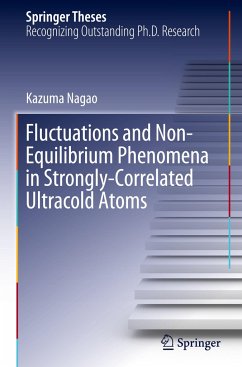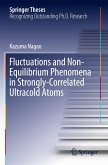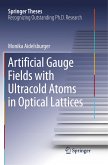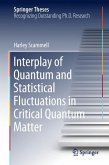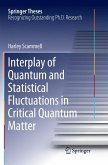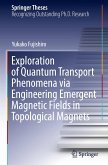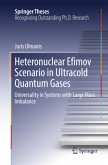This book discusses non-equilibrium quantum many-body dynamics, recently explored in an analog quantum simulator of strongly correlated ultracold atoms. The first part presents a field-theoretical analysis of the experimental observability of the Higgs amplitude mode that emerges as a relativistic collective excitation near a quantum phase transition of superfluid Bose gases in an optical lattice potential. The author presents the dynamical susceptibilities to external driving of the microscopic parameters, taking into account a leading-order perturbative correction from quantum and thermal fluctuations and shows clear signatures of the Higgs mode in these observables. This is the first result that strongly supports the stability of the Higgs mode in three-dimensional optical lattices even in the presence of a spatially inhomogeneous confinement potential and paves the way for desktop observations of the Higgs mode.
In the second part, the author applies the semi-classical truncated-Wigner approximation (TWA) to far-from-equilibrium quantum dynamics. Specifically, he considers the recent experiments on quantum-quench dynamics in a Bose-Hubbard quantum simulator. A direct comparison shows remarkable agreement between the numerical results from TWA and the experimental data. This result clearly indicates the potential of such a semi-classical approach in reliably simulating many-body systems using classical computers.
The book also includes several chapters providing comprehensive reviews of the recent studies on cold-atomic quantum simulation and various theoretical methods, including the Schwinger-boson approach in strongly correlated systems and the phase-space semi-classical method for far-from-equilibrium quantum dynamics. These chapters are highly recommended to students and young researchers who are interested in semi-classical approaches in non-equilibrium quantum dynamics.
In the second part, the author applies the semi-classical truncated-Wigner approximation (TWA) to far-from-equilibrium quantum dynamics. Specifically, he considers the recent experiments on quantum-quench dynamics in a Bose-Hubbard quantum simulator. A direct comparison shows remarkable agreement between the numerical results from TWA and the experimental data. This result clearly indicates the potential of such a semi-classical approach in reliably simulating many-body systems using classical computers.
The book also includes several chapters providing comprehensive reviews of the recent studies on cold-atomic quantum simulation and various theoretical methods, including the Schwinger-boson approach in strongly correlated systems and the phase-space semi-classical method for far-from-equilibrium quantum dynamics. These chapters are highly recommended to students and young researchers who are interested in semi-classical approaches in non-equilibrium quantum dynamics.

